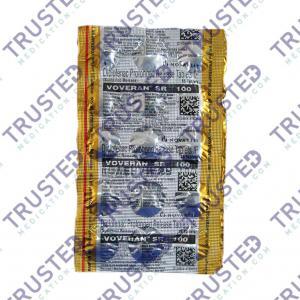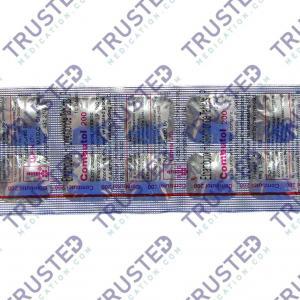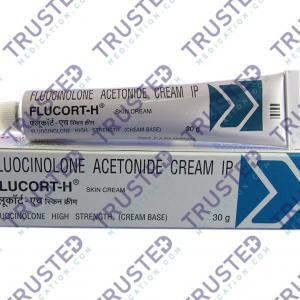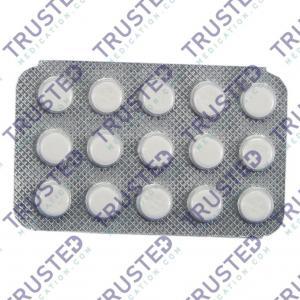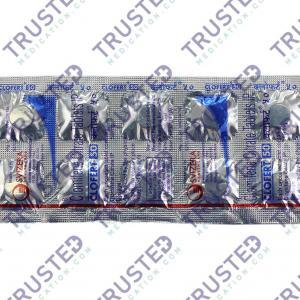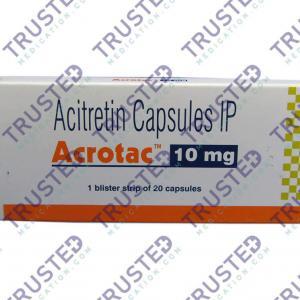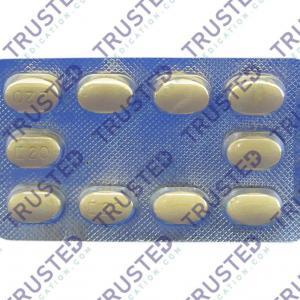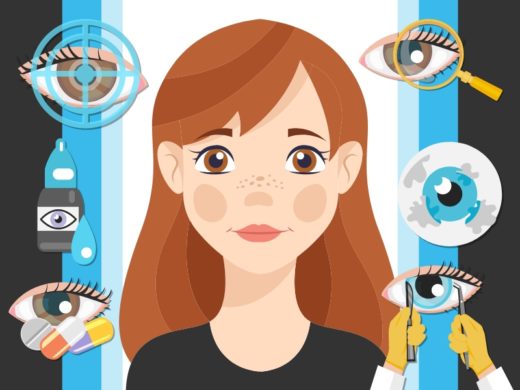
Ocular hypertension is when the pressure of fluid in the eye becomes high. Without treatment, it can damage the optic nerve and lead to glaucoma. Regular eye exams are essential for preventing long-term vision problems caused by ocular hypertension and other eye conditions. By performing a comprehensive eye exam, an ophthalmologist or optometrist can detect problems early and recommend treatment.
Ocular Hypertension VS Glaucoma
Ocular hypertension and glaucoma are related but not the same. The optic nerve, which relays visual information to the brain, is unaffected by ocular hypertension, so the person’s vision remains normal. The increased eye pressure associated with ocular hypertension, however, increases the risk of developing glaucoma. A damaged optic nerve, often caused by ocular hypertension, results in glaucoma, the second leading cause of blindness.

Symptoms of Ocular Hypertension
Most people with ocular hypertension do not experience any symptoms. Therefore, regular eye examinations with an eye doctor are very important to rule out any damage to the optic nerve from high pressure. However, watch out for the following signs:
- Eye pain
- Severe headache
- Nausea and vomiting
- Blurred vision
- Halos around lights
- Eye redness
The Risk Factors of Ocular Hypertension
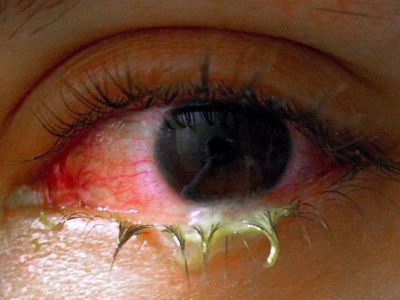
Anyone is at risk or can develop ocular hypertension. Nevertheless, you may be at an increased risk if you:
- Have certain eye conditions, including pigment dispersion syndrome, and pseudoexfoliation syndrome
- Are over the age of 40
- Have had eye surgery or an eye injury in the past
- Have taken long-term steroid medications
- Have high blood pressure or diabetes
- Have a family history of ocular hypertension or glaucoma
Treatment for Ocular Hypertension
- Topical eye treatments. It helps drain fluid from the eye or limits its production, reducing pressure in the eye. Glaucoma risk is reduced by 50% for many people by using these eye drops. However, this medication can cause side effects and it may not be effective.
- Laser treatment. It is another option for people with ocular hypertension. By allowing more fluid to drain from the eye, the procedure decreases eye pressure. It is usually painless and has a short recovery time. In comparison with the effects of the most powerful medications, it reduces eye pressure by about 30%. The effect of the procedure lasts at least 1–5 years.
Bimatoprost Ophthalmic Solution for Ocular Hypertension
Bimatoprost is for the treatment of the high fluid pressure in the eye. It controls the development of ocular hypertension and glaucoma. It works by giving an immense look to the eyes and controlling the growth of glaucoma. Use Bimat daily for 12 to 16 weeks and do not apply in smaller or larger amounts than prescribed. Do not stop using without a doctor’s advice.

